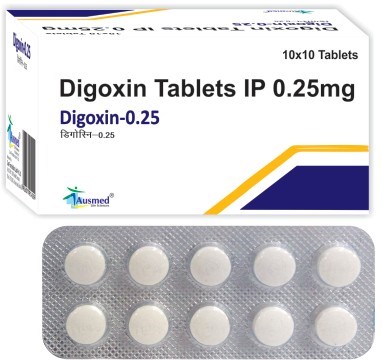A patient's blood gases show a pH of 7.53 and bicarbonate level of 36 mEq/L. The nurse realizes that the patient is demonstrating which acid-base disorder?
Respiratory acidosis.
Metabolic alkalosis.
Respiratory alkalosis.
Metabolic acidosis.
The Correct Answer is B
Metabolic alkalosis.
Choice A rationale:
The given blood gas results show a pH of 7.53, which is alkaline (above the normal range of
7.35 to 7.45), and a high bicarbonate level of 36 mEq/L (normal range is 22 to 26 mEq/L). This combination indicates metabolic alkalosis, a condition where there is an excessive accumulation of bicarbonate in the blood, leading to increased pH.
Choice B rationale:
Metabolic alkalosis is characterized by increased blood bicarbonate levels, which can occur due to conditions like vomiting, diuretic use, or excessive ingestion of bicarbonate-containing substances. It results in symptoms such as muscle twitching, tetany, and respiratory depression.
Choice C rationale:
Respiratory alkalosis is characterized by an elevated blood pH and low carbon dioxide levels (hypocapnia). However, the bicarbonate level is not directly related to respiratory alkalosis, making this choice incorrect based on the given information.
Choice D rationale:
Metabolic acidosis is characterized by a decreased blood pH and low bicarbonate levels. The presented blood gas results show an alkaline pH and high bicarbonate, making this choice incorrect.
Nursing Test Bank
Naxlex Comprehensive Predictor Exams
Related Questions
Correct Answer is D
Explanation
Digoxin. Choice A rationale:
Potassium chloride (KCL) is a supplement used to treat or prevent low potassium levels. While it can have side effects, visual disturbances are not typically associated with KCL. Therefore, it is not the medication the nurse suspects to be causing the problem.
Choice B rationale:
Warfarin (Coumadin) is an anticoagulant used to prevent blood clot formation. Visual disturbances are not a known side effect of warfarin. Therefore, it is unlikely to be the cause of the patient's symptoms.
Choice C rationale:
Aspirin (ASA) is a pain reliever and antiplatelet medication, and while it can cause visual disturbances in some cases, it is not a common or significant side effect. Aspirin is also not specifically linked to atrial fibrillation.
Choice D rationale:

Digoxin (Lanoxin) is used to treat atrial fibrillation and heart failure. Visual disturbances are a known side effect of digoxin toxicity. Given the patient's diagnosis of atrial fibrillation and the reported symptoms, the nurse suspects the problem lies with digoxin and should further investigate and report to the provider.
Correct Answer is B
Explanation
Choice B rationale:
The patient's tachycardia, pale, cool skin, and decreased urine output are signs of the body's natural compensatory mechanisms in response to fluid volume deficit. When the body
experiences a decrease in fluid volume, it tries to compensate by increasing heart rate (tachycardia) to maintain blood flow to vital organs and constricting blood vessels to preserve fluid and maintain blood pressure. Pale, cool skin is a result of vasoconstriction, and decreased urine output is a way the body conserves water during dehydration.
Choice A rationale:
Effects of rapidly infused intravenous fluids are not the cause of the patient's current findings. In fact, the nurse's notes indicate that the IV fluid therapy (0.9% sodium chloride) was initiated at 125 mL/hr, which is a relatively standard and cautious rate. Rapidly infused fluids could potentially cause fluid overload, but that is not the situation here.
Choice C rationale:
Pharmacological effects of a diuretic are not relevant to this patient's presentation. There is no mention of diuretic use in the nurse's notes, and the symptoms presented are more consistent with fluid volume deficit and dehydration rather than diuretic use.
Choice D rationale:
Cardiac failure is not the correct answer, as there is no indication of heart failure in the patient's presentation or nurse's notes. The symptoms and findings described are more indicative of fluid volume deficit, which is not synonymous with cardiac failure.
Whether you are a student looking to ace your exams or a practicing nurse seeking to enhance your expertise , our nursing education contents will empower you with the confidence and competence to make a difference in the lives of patients and become a respected leader in the healthcare field.
Visit Naxlex, invest in your future and unlock endless possibilities with our unparalleled nursing education contents today
Report Wrong Answer on the Current Question
Do you disagree with the answer? If yes, what is your expected answer? Explain.
Kindly be descriptive with the issue you are facing.
